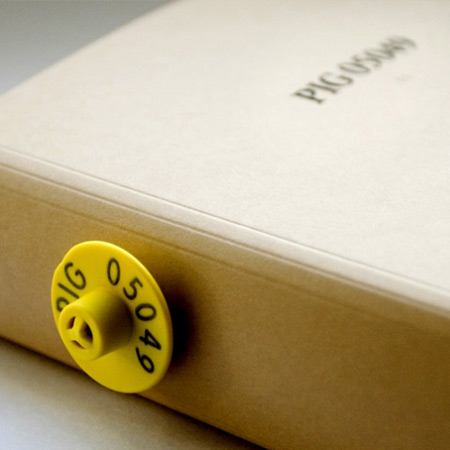
PIG 05049 by Christien Meindertsma
Another Index Award winner: PIG 05049 by Dutch designer Christien Meindertsma, a book documenting the products made from a pig, won the Play category of the awards, which were announced yesterday.
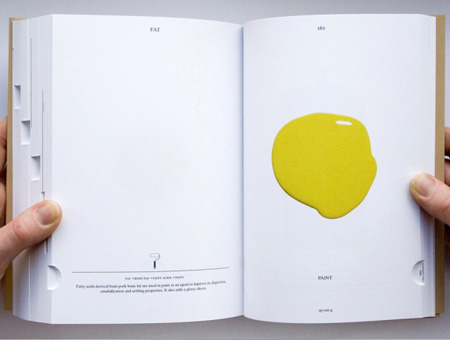
Named after a real pig, which was tagged with the number 05049 and which was raised on a Dutch farm, the book explains how pig products are used in the manufacture of everything to cigarettes and paint (above) to ammunition, as well as food (below).
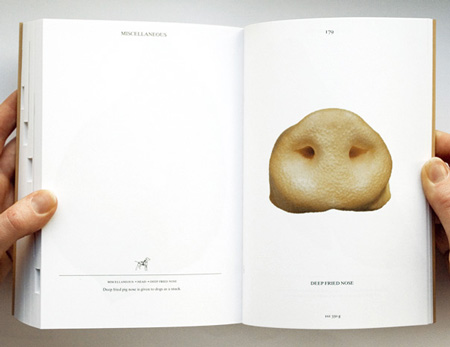
The book won the Play category, one of five €100,000 award categories.
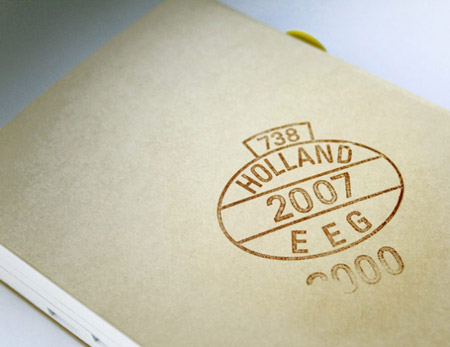
See our story about Chulha by Philips Design, a cooking stove for the developing world that won the biannual award's Home category.
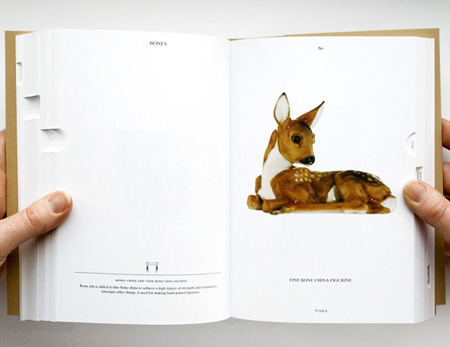
See also our story about the winners of the Index Award 2007.

See a movie about PIG 05049 here.
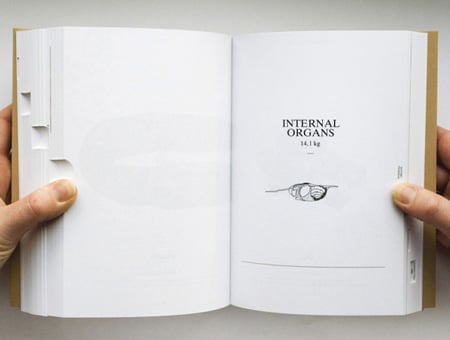
Here's some info from Index Awards:
--
PIG 05049
Play category
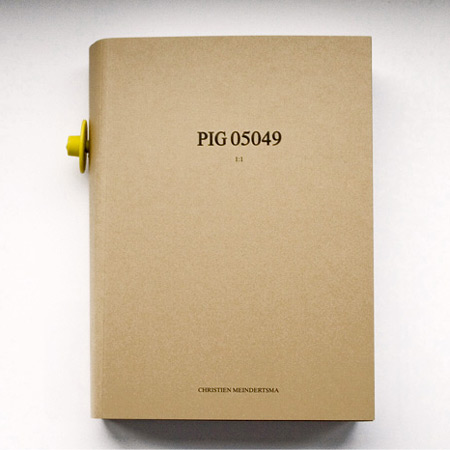
Intent: Help people in a highly mechanized and “packaged” world understand how things are made and where they come from so that the resources involved can be cared for by enlightened, informed people.
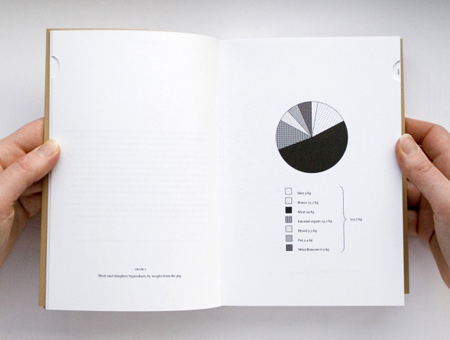
PIG 05049 is a communications design developed in three years of research to track all the products made from a single pig.
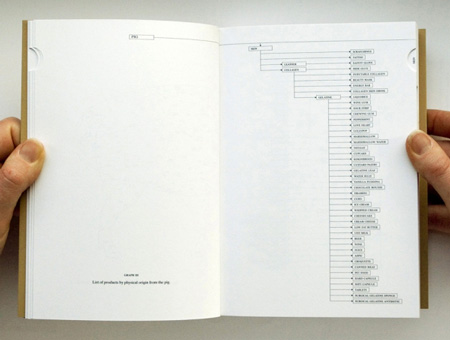
05049 was an actual pig, raised and slaughtered on a commercial farm in the Netherlands. Rotterdam designer Christien Meindertsma was shocked to discover that she could document 185 products contributed to by the animal.
Meindertsma’s design includes the publication of her book, PIG 05049, which charts and pictures each of the products supported by the animal. The surprise is in the fact that elements of production contributed to by pig farming include not only predictable foodstuffs – pork chops and bacon – but far less expected non-food items: ammunition, train brakes, automobile paint, soap and washing powder, bone china, cigarettes.
The book is primarily a visual statement, keeping text to a minimum. It makes no comment on such potentially contentious issues as the conditions under which commercial farm animals are handled or the context in which various religious and other parts of society see the pig. Instead, Meindertsma says she finds the main interest in her project in its implications for conservation efforts. “In taking good care of the Earth, basically, the first step is knowing where our things come from,” she says.
INDEX: juror John Heskett, Chair Professor of Design at Hong Kong Polytechnic, says, “I remember some students of mine in Chicago many years ago going out and doing projects with children in Chicago’s Southside, the poor area, and finding that the children had no consciousness of chickens as creatures – as living, vital creatures. They just thought it somehow comes from the factory wrapped in a plastic bag, and that’s it.”
INDEX:Award recipient Christien Meindertsma of Rotterdam says, “There are very many steps between the raw material and the end product in modern commercial production. And because there are so many steps in between, the knowledge gets lost. For instance, the pig farmers also don’t know all the end-products that are made from their pigs because they just don’t know where it goes.”
In producing a book on her work, Meindertsma says she had in mind the concept of a time capsule, something that might be dug up in a hundred years and reveal something of how we lived at this time.
Designed by: Christien Meindertsma, Rotterdam, The Nederlands
Additional credits: Julie Joliat